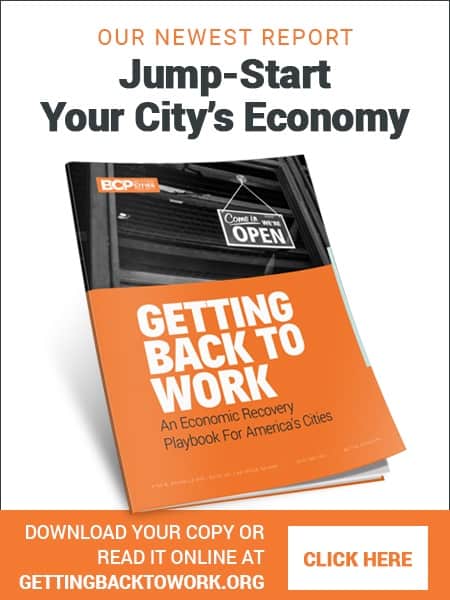One idea: adopt an asset management approach. This means taking stock of public assets, evaluating their current use and figuring out how to put them to better use. For example, underused properties could be turned into affordable housing, community centers or sold to make new businesses. The goal is to ensure every asset serves the community’s interests and supports the local economy.
Public-private partnerships (PPPs) are also essential. By teaming up with private companies, cities can attract investment and expertise that might be lacking in the public sector. Successful PPPs can revitalize public spaces, upgrade infrastructure, and stimulate economic activity. However, it’s crucial to manage these partnerships transparently and fairly to protect public interests.
Another innovative idea is “land value capture.” When public investments, like new transit systems, increase nearby property values, cities can reclaim some of this added value through special assessments or taxes. This revenue can then be reinvested into further improvements, creating a positive cycle of development.
The article also underscores the importance of proactive planning by local governments. This means not just addressing immediate needs but also looking ahead to anticipate future trends and challenges. Thoughtful planning can guide sustainable development, making cities more resilient to economic and environmental shifts.
In short, by adopting a strategic and forward-thinking approach to managing their assets, local governments can unlock hidden potential within their communities. This not only fosters economic growth but also enhances residents’ quality of life, making cities more dynamic and sustainable places to live.









